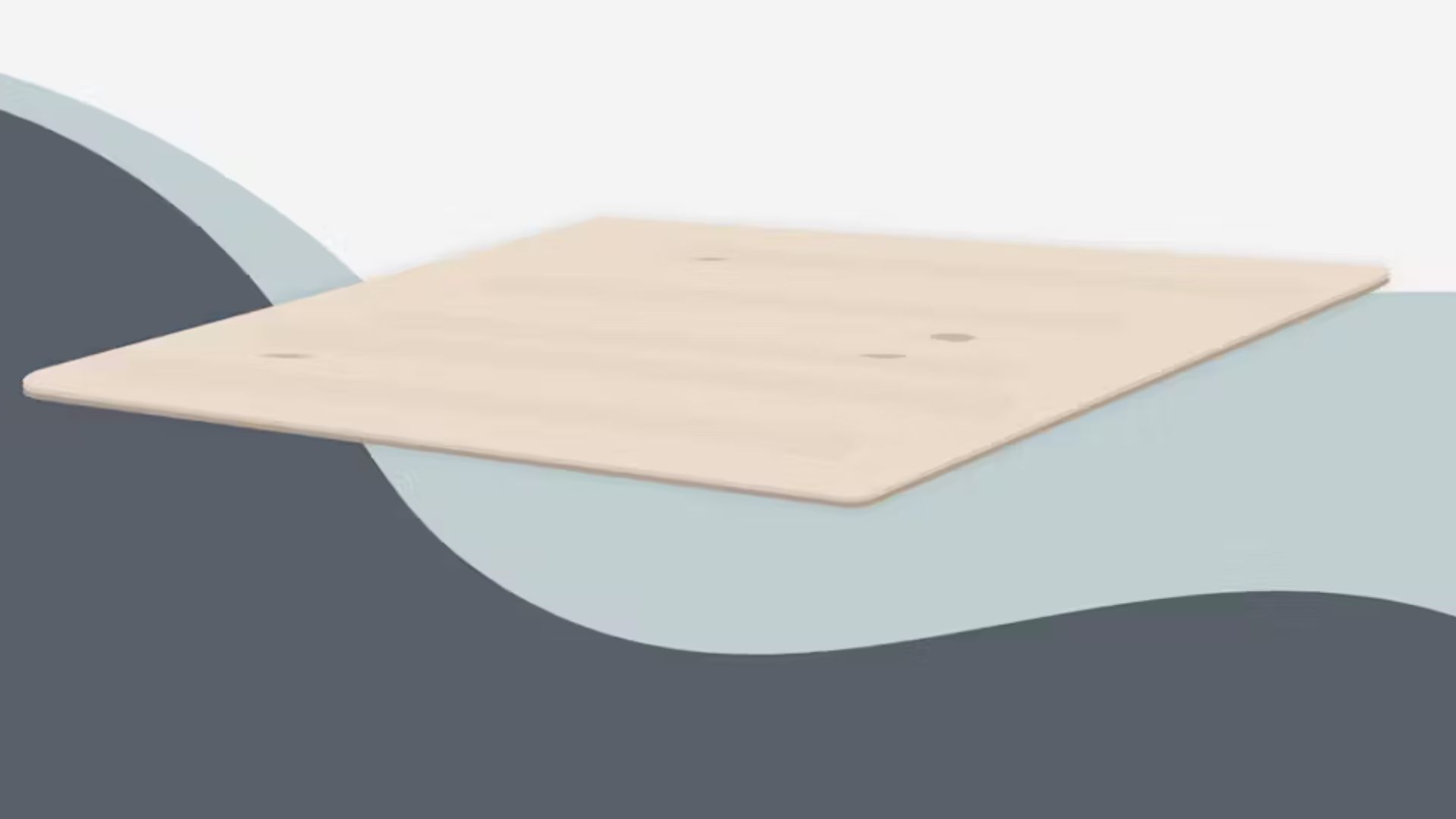
Bunkie boards are great, cost-effective way to add more support to your bed and prolong the life of your mattress. These boards have been around for decades, but what exactly are bunkie boards? And does your mattress really need one?
The beds included in this year's best mattress guide all cater to different sleep styles and needs, but the majority of them contain memory or latex foam. Bunkie boards are great at supporting these types of mattresses in particular, but you may be wondering if these boards are compatible with your own sleep setup.
Here, we're going to break down what bunkie boards are, their pros and cons, and how to tell if your mattress needs one. If you spot the common signs that you need a bunkie board, then we've also rounded up the best bunkie board deals to shop in this month's mattress sales.
What is a bunkie board?
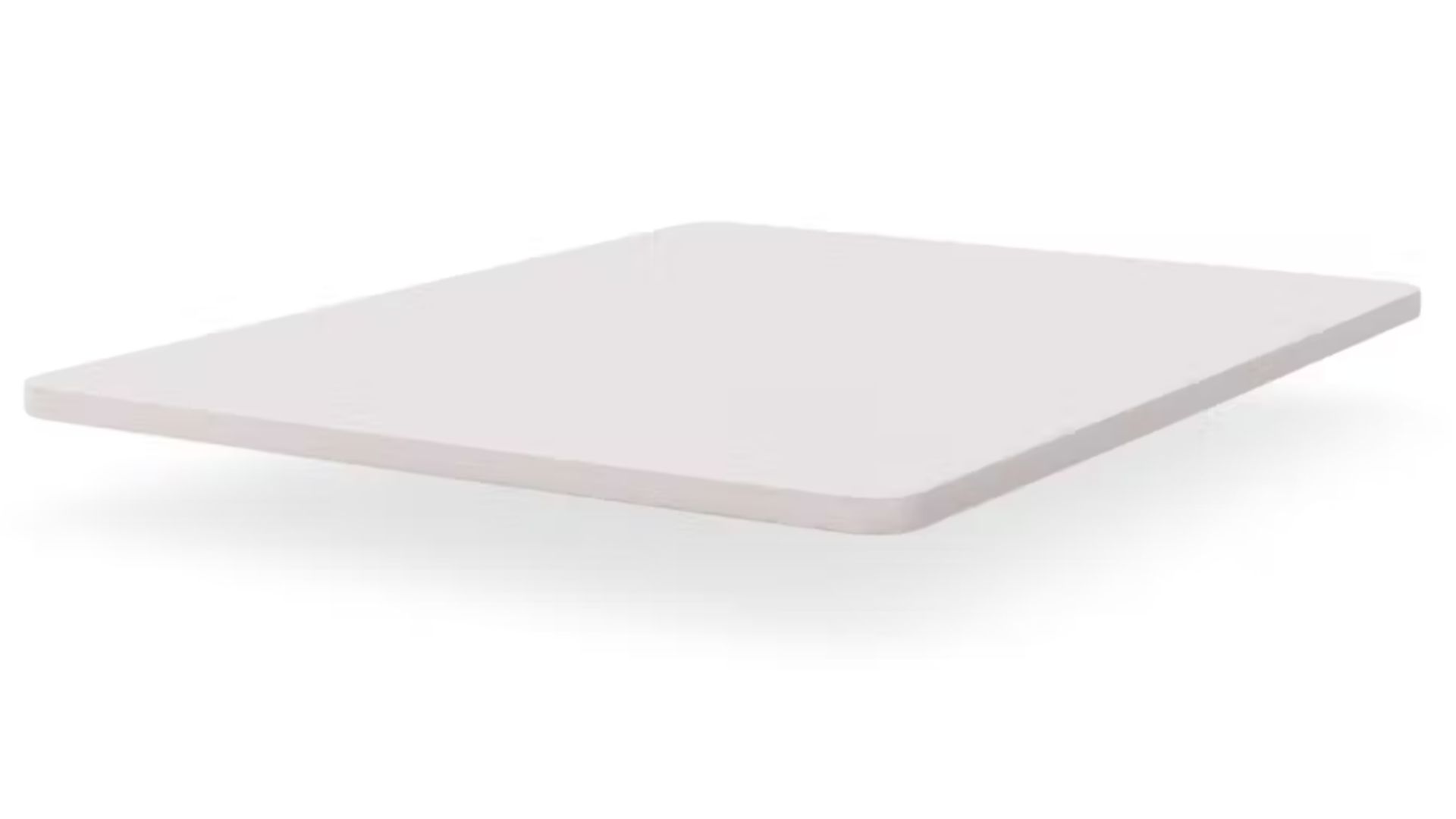
A bunkie board is flat board, typically made from plywood or particleboard, that goes between a mattress and its bed frame to add extra support and provide a low-profile, solid surface for your mattress. They are around 1" to 3" thick and are usually covered in fabric to prevent snagging and catching on the delicate fabric of your mattress.
While they were initially designed to support mattresses on bunk beds only (hence the name "bunkie"), bunkie boards now come in all shapes and sizes and are used for lots of different mattress types. They are typically used to cover up any wide slats in platform beds or slatted bed bases, so your mattress won't sink through the gaps.
What are the benefits of a bunkie board?
The main benefit of a bunkie board is the supportive surface it provides to your mattress, which prevents the mattress from sagging and boosts its lifespan. They're thin build also means it's great if you have mobility issues and don't want your bed to be too high.
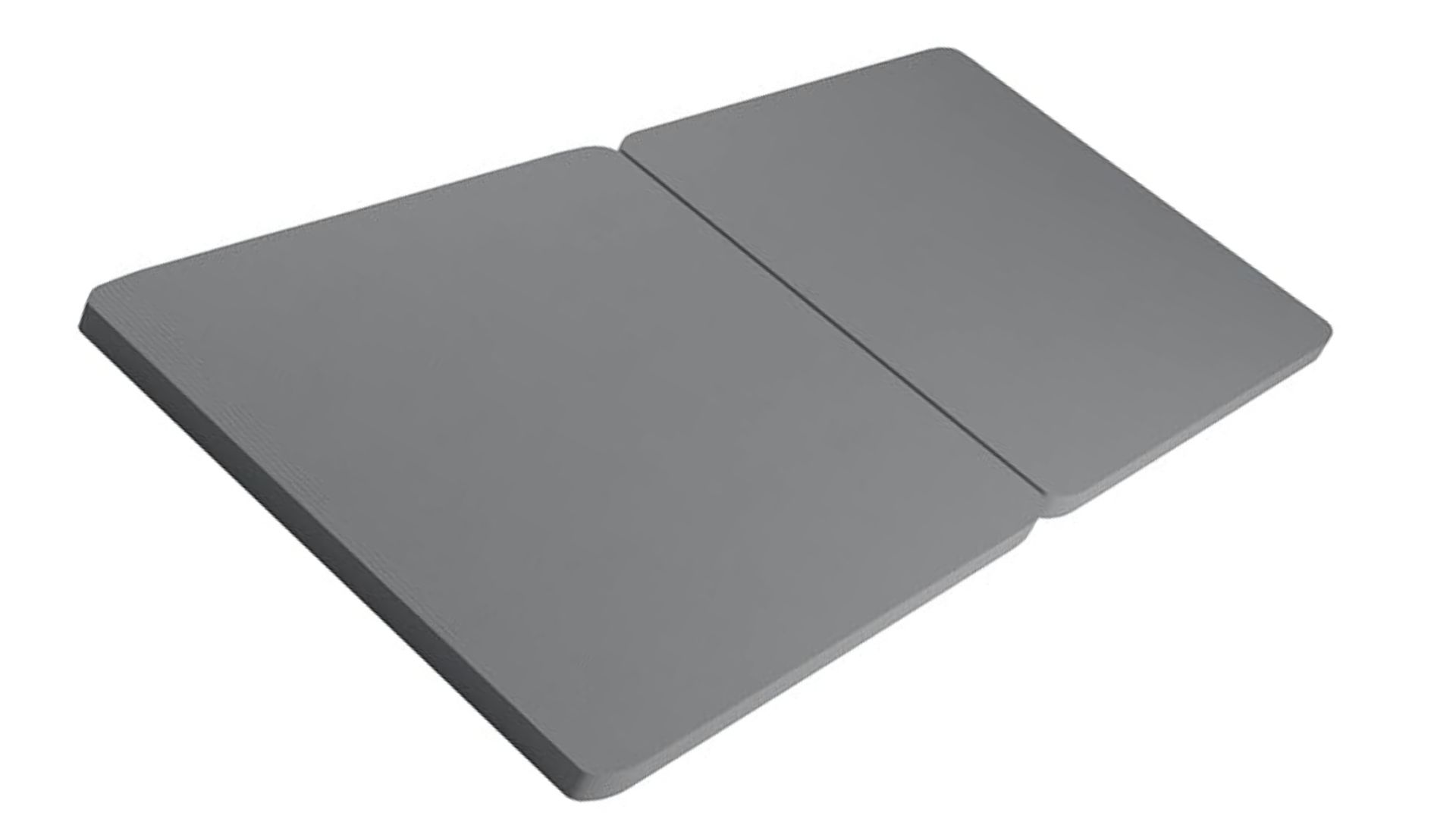
They're also lightweight, so easy to set up, adjust, and transport. Plus, their low price means they're a much cheaper way to add support than buying a new bed base. While it's possible to use a piece of plywood as a DIY support solution, it does have a tendency to tear fabric and will need to be measured correctly to fit your bed. Overall, it's much easier to use a bunkie board, as they're covered in fabric to prevent snagging and come in a range of sizes to suit your bed.
What are the drawbacks of a bunkie board?
While bunkie boards are versatile and can be used with a wide variety of mattresses, they aren't compatible with every bed. For example, bunkie boards are not flexible, and therefore should not be used with adjustable bed bases. Plus, if your bed has a solid, non-slatted foundation, a bunkie board is pretty much unnecessary, as it will already have built-in mattress support.
Another reason why some will opt to avoid a bunkie board is the lack of airflow. While slatted bases allow air to flow through the mattress, a bunkie board is solid and can restrict airflow, preventing heat from escaping a mattress. This is particularly bad news for hot sleepers who need breathability to help them sleep cooler at night.
3 signs you need a bunkie board
While bunkie boards are not necessary for all beds, there are a lot of instances where a bunkie bed is definitely needed to provide the right support and prevent wear and tear. Here are the top three signs that you and your mattress need a bunkie board...
1. Your current sleep set-up lacks support
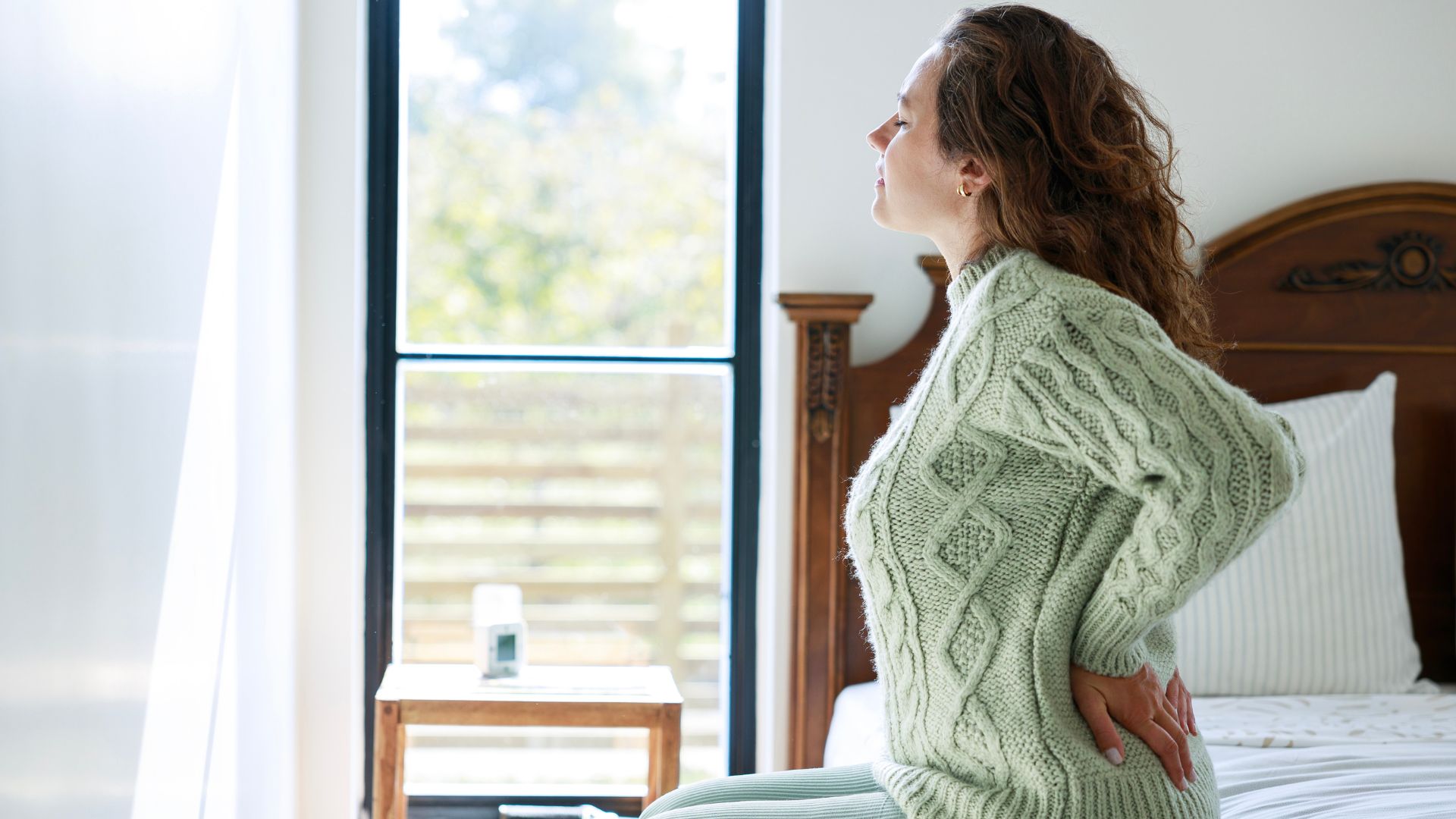
If you have a slatted base with slats that are 3 inches or more apart, odds are your mattress isn't being well supported. Most mattresses need a solid surface to rest on, otherwise they won't be held upright and will start to droop and even lose its firmness.
A bunkie board will provide a solid surface to boost the support for your mattress, and will also help to make the mattress more supportive, too. So, if you find that your mattress is too soft or your waking up with lower back pain, you may want to check whether your bed foundation is unsupportive and needs a bunkie board.
2. Your memory foam or latex mattress is sagging
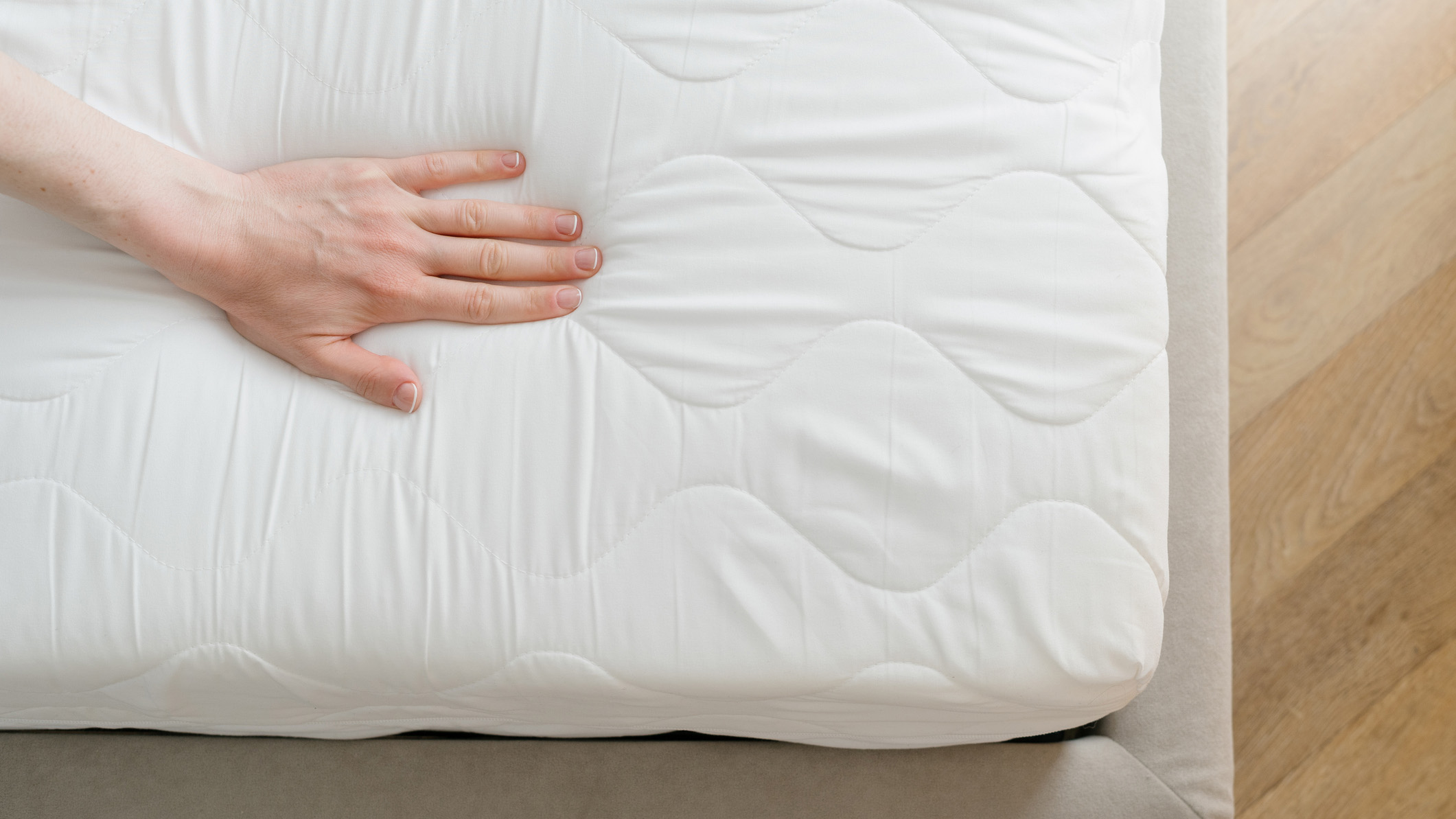
Bunkie boards are highly recommended if you have a memory foam or latex foam mattress and are currently using a slatted bed base. This is because all-foam mattresses (especially memory foam mattresses), have a pliable quality that's great for providing body-contouring comfort but does mean that they are more vulnerable to sinking through the gaps in slatted bases.
If your foam mattress starts to sink through the gaps, it can lead to premature sagging and lack of support. If your memory foam or latex mattress is bulging through the slats of your bed frame, a bunkie board can help support the mattress, helping to prolong its life.
3. Your bed currently squeaks

When properly installed, a bunkie board will be silent and shouldn't creak. In fact, bunkie boards a great way to reduce the noise of a squeaky bed as it fixes uneven support. A bunkie board will also reduce noise by absorbing pressure and friction to stop the squeaking or creaking.
Where can you buy a bunkie board?
You can find a bunkie boards at a range of major retailers, such as Walmart, Target, and Amazon. A lot of mattress brands, such as Saatva, offer their own bunkie boards, too. Here's a few of the best bunkie boards to buy right now...







